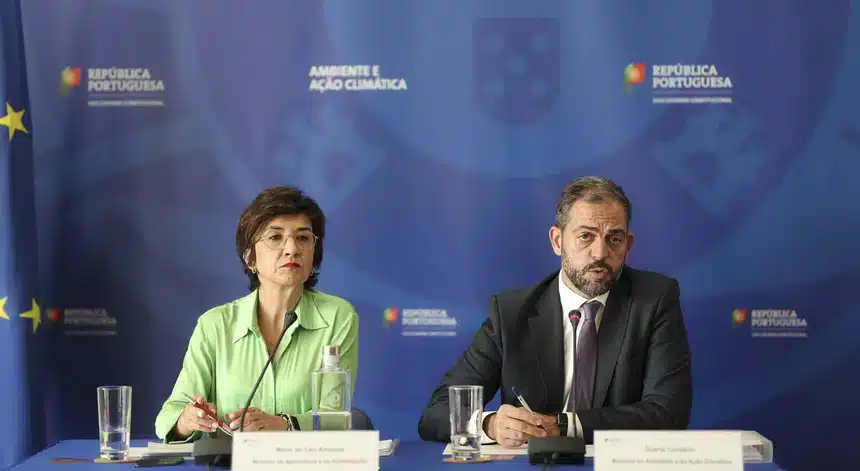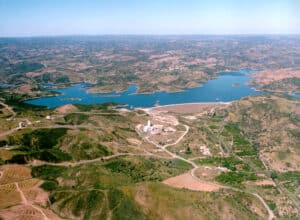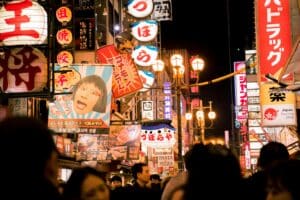“All the water in Santa Clara dam goes to intensive agriculture!”
The ministers of the Environment and Agriculture were received today in Odemira (Beja) by a chorus of angry protests, with demonstrators demanding equity in access to water.
Nearly 100 protesters gathered this morning in front of Odemira Town Hall, where a meeting with the various partners who signed the 2023 Water Pact has been taking place since 10.55am, to discuss the lack of water resources in the region, writes Lusa.
The meeting, at the invitation of the mayors of Odemira and Aljezur, is being attended by the Minister for Agriculture, Maria do Céu Antunes, the Minister for the Environment and Climate Action, Duarte Cordeiro, entrepreneurs from the agricultural sector and associations of producers, the environment and tourism.
Government officials, who arrived separately at the building, were booed by demonstrators who chanted “water belongs to the people, water is for everyone”.
Some even made a dash for the town hall main door, only to be prevented from continuing into the building.
Speaking to the Lusa, Fátima Teixeira, from the Juntos pelo Sudoeste movement, explained her concerns about the measures that will come out of the meeting.
“We have a promise from the Minister for the Environment that when the level of water in the (Santa Clara) dam drops to 104 metres, water channelled for irrigation will stop – and then we have the entire intensive agriculture lobby lobbying the Minister for Agriculture almost certainly to increase appropriations and reduce the cut off point to around 92 metres…”
At stake is “the quality and volume of water that domestic consumers will have”, she said, adding that if quotas are reduced “to give more water to agriculture” they will almost certainly “have to start cutting” supplies to domestic consumers, “who only account for 6% of the water coming out of the dam” in the first place.
Among countless posters being waved this morning, with slogans like “Stuff your cousin“, “Quick money, permanent damage” and “Water belongs to everyone“, Andreia Henriques, a resident of Relíquias, referred to the absolute lack of coherence in the whole water distribution process.
“We’ve all known for several years that the dam’s water levels are far below what would be allowed” (for the extraction of water) “I find it very strange how they still plan to give more water to intensive agriculture using greenhouses, when we know these greenhouses don’t bring any revenue for Portugal…“
Luísa Rebelo, representing a rural tourism business in Brejão, in the parish of São Teotónio, described how for her business, the future is under threat.
“All of us who live in this region have been forgotten“, she told Lusa. “All the water that comes out of the Santa Clara dam goes to intensive agriculture, without any organisation or in any kind of sustainable way – using up all our resources and, of course, those who want to continue with their activities, especially in the tourism sector, see their futures threatened”.
Diogo Coutinho, from SOS Rio Mira association, also regretted the way the entire process is being conducted “when the problem of the lack of water in the dam has been getting worse by the day” for years.
“I think it’s fundamental to think about how water is used (because) it’s not an economic resource“, he said. “Water is vital for everyone and rivers are the arteries of life on the planet. The River Mira is of fundamental importance to this territory,” he argued
The protest, which began at around 10am was interrupted by the arrival of the ministers, but a few dozen protesters chose to remain at the site until the meeting concludes.
Updates to follow.
This issue with intensive agriculture versus water supplies to ‘local people’ has been running for years – never fully being addressed, and all the while, the drought has continued, reducing Santa Clara’s levels to those pressaging ecosystemic catastrophe. ND
Source material: Lusa


























